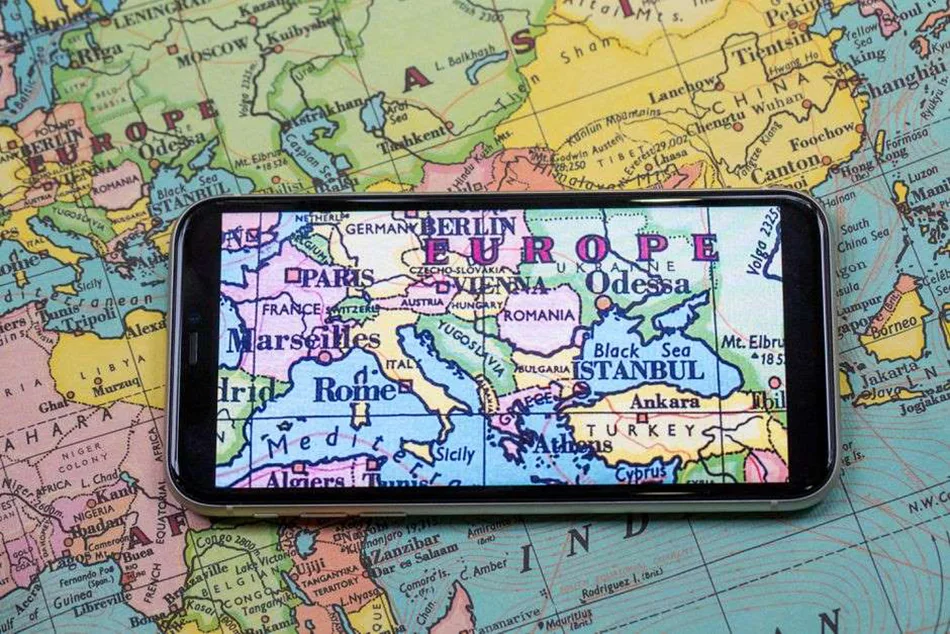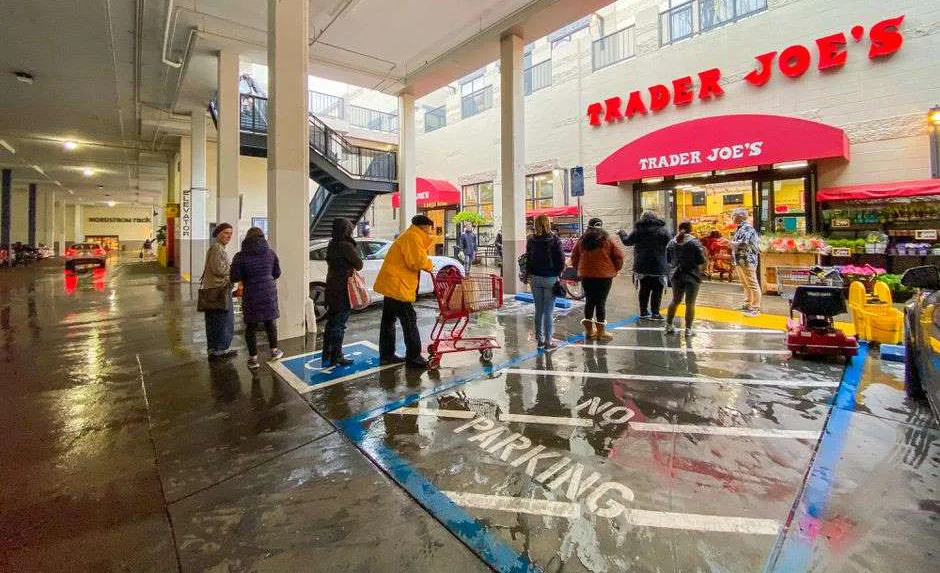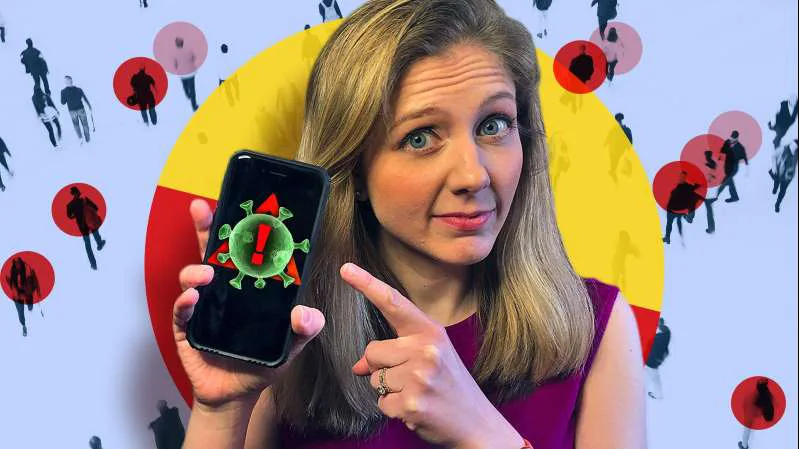公共衛生監測, 特別是接觸者追蹤, 對遏制病毒傳播發揮了重要作用. 隨著 COVID-19 大流行病毒席捲全球, 國家, 世界各地正採取緊急行動應對危機. 本文的目的是讓您全面了解什麼是接觸者追蹤技術.
什麼是接觸者追蹤?

透過系統地識別和管理與 COVID-19 患者接觸過的人, 接觸者追蹤已成為遏制病毒的有效方法. 透過接觸者追蹤技術對已識別的接觸者進行隔離,可以中斷人與人之間的傳播,是控制病毒的重要公共衛生工具. 接觸者追蹤也有利於有感染風險的人. 假設他們出現感染症狀, 他們可以更快地獲得醫療服務.
接觸者追蹤如何運作?

接觸者追蹤工作基於數位平台和技術的使用. 除了谷歌和蘋果的努力, 韓國和新加坡也在使用 全球定位系統 來自手機的訊息,用於識別可能的感染者. 以色列正在使用絕密反恐手機位置資料庫追蹤感染情況. 志工組織 Covid Watch 正在與史丹佛大學合作,以類似於谷歌和蘋果的方式使用藍牙近距離進行接觸者追踪.
使用哪些設備進行接觸者追蹤?

One of the technologies used for contact tracing is 藍牙技術, which is a very helpful way since it can perceive and contain the spread of infectious diseases in time. The example below is an example to show you how it works. In a large company, 例如, every staff will be equipped with a wearable bracelet or tag. Tags can automatically communicate with each other and alert employees when they are near another tag, ensuring proper social distancing between the two people.
The tag also collects data when an interaction occurs. If an employee is unfortunate enough to contract the virus, the system can help us find out who he has been in contact with. As we know, the data collected by GPS location will expose the wearer’s privacy, but the use of close contact data will help to protect their privacy.
接觸者追蹤能否控制病毒傳播
據世界衛生組織稱 (世界衛生組織), 接觸者追蹤涉及監測“與病毒感染者有密切接觸的人”,”從而幫助“接觸者獲得護理和治療”,並有可能防止“病毒的進一步傳播”。適當的接觸者追蹤可以“實現疫情控制”. 適當的接觸者追蹤可以“實現疫情控制”,」 根據牛津大學 Luca Ferreti 發表的一項科學研究.
當今世界許多地方, 接觸者追蹤是一項建立在使用 數位平台和技術. 除了谷歌和蘋果的努力, 韓國和新加坡也使用 GPS 來識別可能的感染. 以色列正在使用絕密反恐手機位置資料庫追蹤感染情況.
COVID-19 大流行期間接觸追蹤器的用途是什麼?

People who have been in contact with a recently infected person, should voluntarily report to the local health department and check the department whether he or she meets the contact definition. They can also hear directly from people they’ve been in contact with who have subsequently tested positive. Contacts are generally divided into general contacts, close contacts, and close contacts of close contacts. If you are one of these and you are already using a virus proximity tracking app, someone from the relevant department will contact you by phone to let you know.
If the relevant government department defines you as a contact, all you have to do is follow their arrangements and go into quarantine. This means being separated from the rest of your family and staying home to monitor your health and watch for any signs of illness. Some countries have equipped home-quarantined contacts with thermometers, dedicated testing staff, and three meals a day, allowing contacts to complete quarantine at home with peace of mind. Once you are defined as a contact, please contact the health department consciously.
The World Health Organization (世界衛生組織) recommends quarantine within 14 days of the last contact with an infected person, but the quarantine period may vary from country to country. If you want to know about the local quarantine details, you can contact local health departments.
接觸者追蹤解決方案

Apple and Google released software updates in May. 一起, they will develop a Bluetooth-based API (application programming interface) that will allow Android and iOS smartphones to exchange anonymous information over Bluetooth within range, enabling contact tracing.
Using this API, public health agencies will launch their own apps on the dual system. The App generates a new anonymous code every once in a while, and when users are within five minutes of a certain data point (such as social distancing), their devices exchange the code via Bluetooth, creating an encrypted record on their phones.
If a user is diagnosed with COVID-19, he can choose to work with public health agencies to record the diagnosis in the App. The App sends the patient’s coded exchange record to a cloud server, which then sends it to all users to find a match. Any App user who has been in a certain space with the patient in the past 14 days will receive a quarantine notification from the App because the code exchange record matches. During this process, patient identity and personal information are completely confidential and not visible to other users.
The experience of many countries has shown that tracing and isolating close contacts is one of the effective ways to stop the further spread of the disease. In the past, this work was mostly carried out by human visits, conversations, phone calls, and other ways to map the confirmed cases to find contacts. At a time of manpower shortages, replacing manual work with technology that reduces the risk of further exposure sounds ideal. Whether it can achieve the desired effect, and whether it can protect citizens’ privacy at the same time, is an issue that needs to be continuously tracked and monitored.
















